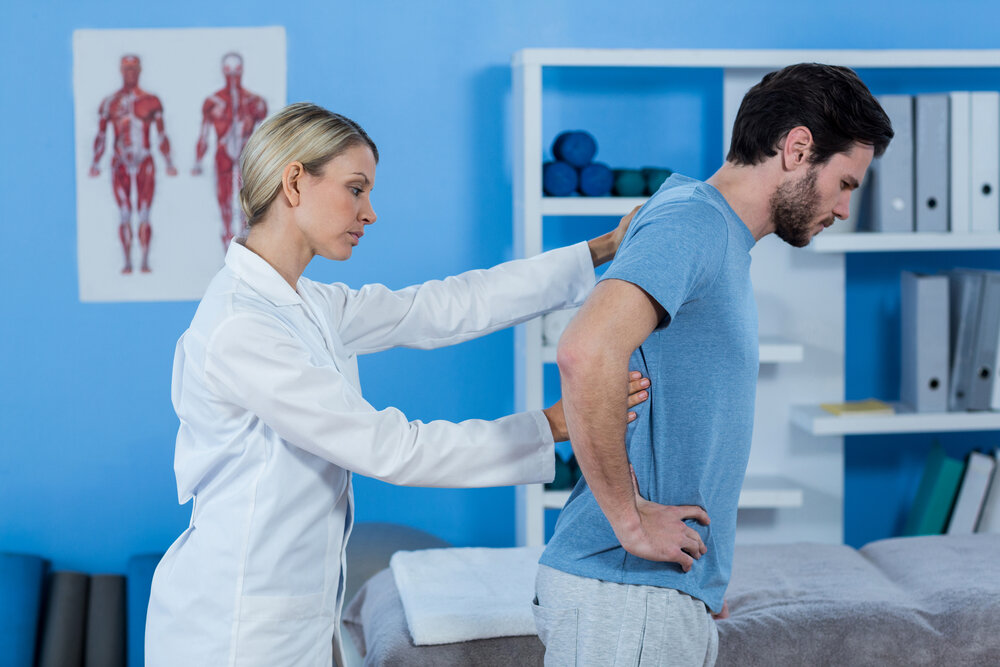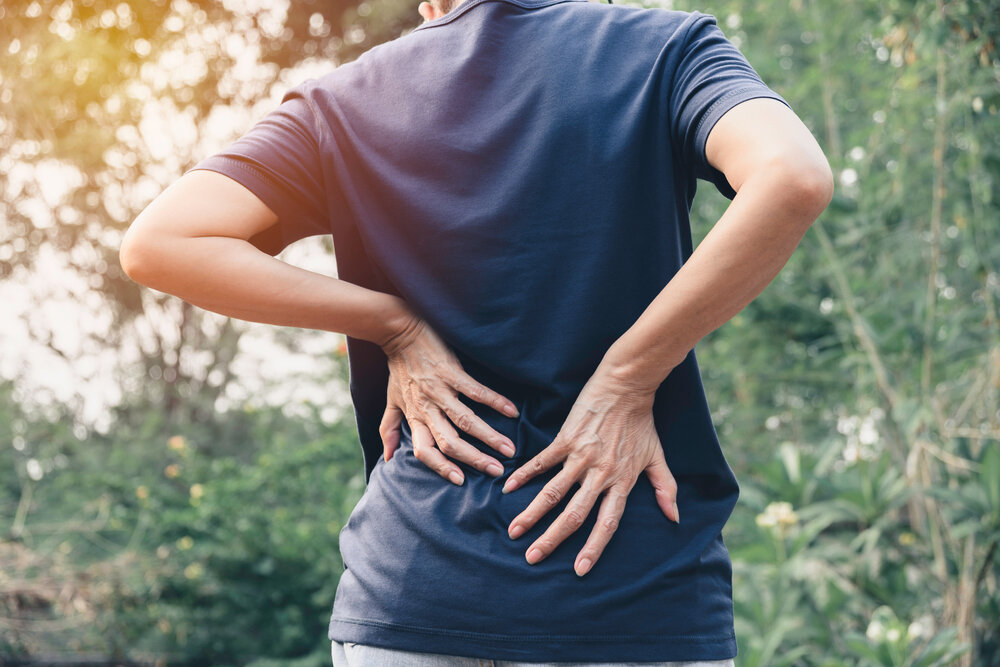Upper back pain and neck pain will interrupt you and make your normal day hard to go. The causes for this malaise vary, but all are focused on the way we stand, shift and — most importantly — sit.
Pain in the neck and back will impair your mobility and skill. They will make your condition worse, and restrict you much more if you do not do anything about your pain. This is usually because your muscles have become tight around your immediate area of pain to defend the limb. This expansion restricts mobility and makes the tight muscle under your shoulder blade uncomfortable and stressful. You may have to visit a pain clinic to get the right treatment that you desire.
The reasons for this pain are as follows:
Overhead and neck pain causes include:
- Something heavy wrongly lifted
- Bad body exercise
- Damage to sports
- Overwhelming
- Cigarettes
For upper back and neck pain our love for the screens is a suspected culprit too. Sitting on a computer screen all day long, cracking your neck to read the news on the way home on your tablet, and falling into the bed to watch television for many hours is perfect way to put your body out of balance. Your neck and spine doctor will say the same thing if you consult them.
The impacts of neck and back pain in people smoking or being overweight can be more serious, like many health conditions. Excess weight will increase the muscles' strain.

Quick Relief and Preventative Measures
Chronic back and neck pain can be a big concern. However, a certain general pain is very normal in your back and neck. Some steps can be taken to quickly relieve this inconvenience and certain things can be done in order to prevent it completely.
For the first three days after pain begins, use the ice compress and anti-inflammatory pain relief. Subsequently, apply heat and cold to your injuries. Upper back and neck pain sometimes erupts unexpectedly, but it can take some time to recover. It's time to see your doctor if you're still painful and movement is limited after a month.
Using a cold compress
Use a cold compress if possible. This could include a pinch of ice in a towel wrapped in a plastic bag or other cold stuff like soda.
Seeking a pain reliever on the market
Take as soon as possible as possible according to your stomach, tolerating non-steroidal anti-inflammatory medicines, like Naprosyn.
Indulge in Upright Walking
It can also help to walk with a good stance. One good way to see healthy posture is to imagine that a line crosses the center of your chest to the ceiling or celestial sky.

Stretches
You will begin to lose the pain and help relieve it over stretches until you've eased the immediate pain and relaxed for a day. Each of these sections also prevents new pain or prevents an old injury from happening again.
I-Pose
You should hang up your hands from your relaxed back, sitting in your chair and on an exercise ball flat on the floor. Raise your hands slowly towards your knees and then above your head with your palms facing each other. Keep your elbows right and do not lift your back, but keep your elbows straight. Take the I-position to your sides for the three deep breaths then gently move your arms. 10 times repeat a day.
W-Pose
Stand with the shoulder width of your feet apart from the wall. Start with your arms and relax your shoulders on your sides. Put out your arms like Frankenstein, then bring your ribcage elbows close to the wall. First, consider putting your back and wrists to your shoulders' sides on the wall. The shape of a W comes with the middle line of your torso. Hold it for 30 seconds forward. Do this At least once and up to 3 times a day, do three rounds.
These exercises can help you get relieved from the pain temporarily. However, for a permanent relief you have to find out the source by visiting a pain clinic. You can visit Neuroscience Specialist in OKC to talk to renowned neck and spine doctors.
**Disclaimer- Information presented here is not intended to be qualified medical advice. Nothing expressed herein creates a doctor-patient relationship.

